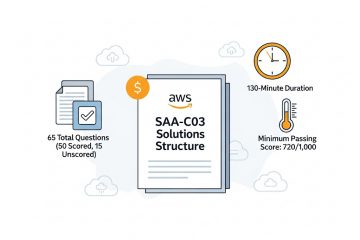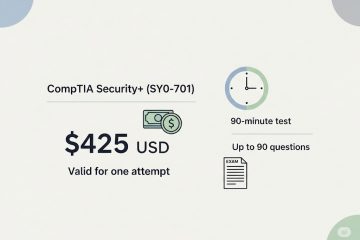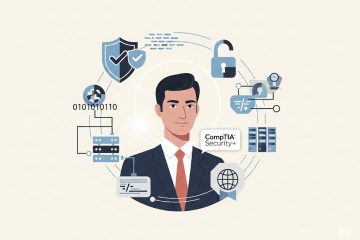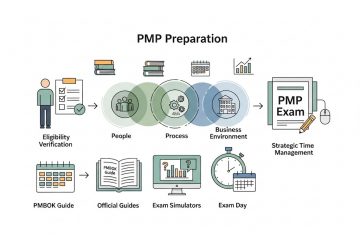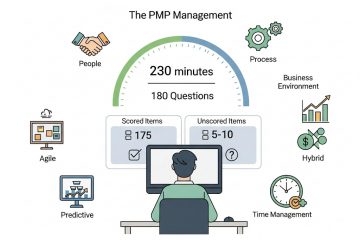
How Do You Book Your CCIE Lab Exam?
The Cisco Certified Internetwork Expert (CCIE) lab exam represents the final summit for networking professionals, a rigorous 8-hour practical test that validates true expert-level skills.1 For those who have conquered the written qualifying exam, the next step—booking the lab—is a critical milestone. This process, however, is far more than a simple registration; it’s a complex... » read more
